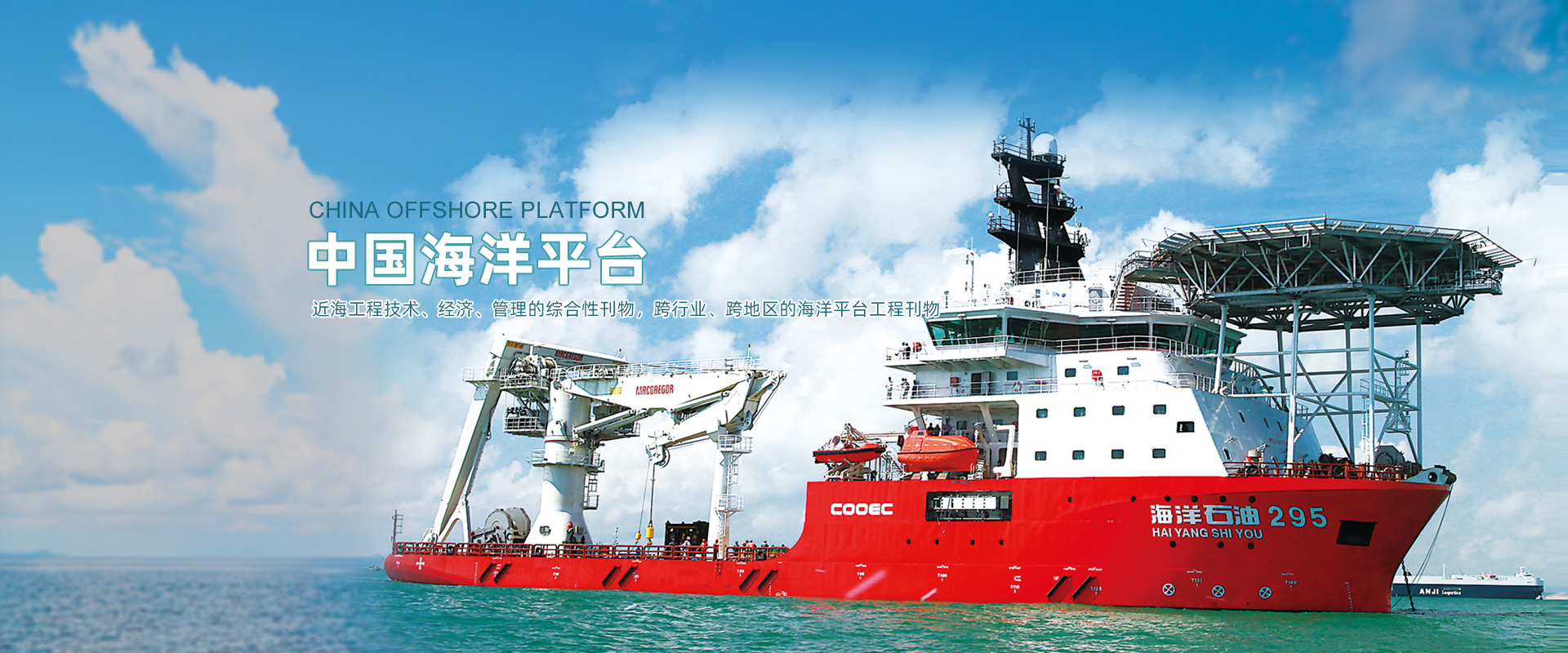Abstract:The offshore photovoltaic platform is usually deployed in the shallow water area, therefore the nonlinearity characteristics of the wave and the slamming effect between the nonlinear wave and offshore photovoltaic platform are significantly, which causes irreversible damage to the structure. Considering that the potential flow theory cannot take into account the strong nonlinearity of waves and the slamming effect between wave and photovoltaic platform, this paper establishes a numerical wave tank based on the computational fluid dynamics theory and completes the validity verification of the numerical wave pool. On this basis, a bidirectional coupling dynamic analysis model of shallow water nonlinear wave and offshore photovoltaic platform structure is established. The influence of wave steepness parameters on the slamming load of photovoltaic platform and the wave on deck is investigated. The results show that with the increase of the wave steepness parameter, the wave slamming load acting on the structure increases gradually, and the wave phenomenon on the photovoltaic horizontal deck appears in extreme conditions. The wave slamming load of the cylindrical buoy structure of offshore photovoltaic platform shows a similar "W" type variation law. Different from the slamming load on the conventional single column, the wave slamming load on the back side of the upstream and central pontoons of the photovoltaic platform is significantly larger than that on the wave facing side, the maximum value of the wave slamming load exceeds about 15-45%. For the extreme wave condition case, the offshore photovoltaic platform presents a secondary slamming phenomenon, and the maximum difference percentage of the two slamming loads on the wave facing side of the column buoy is about 10-23%.
